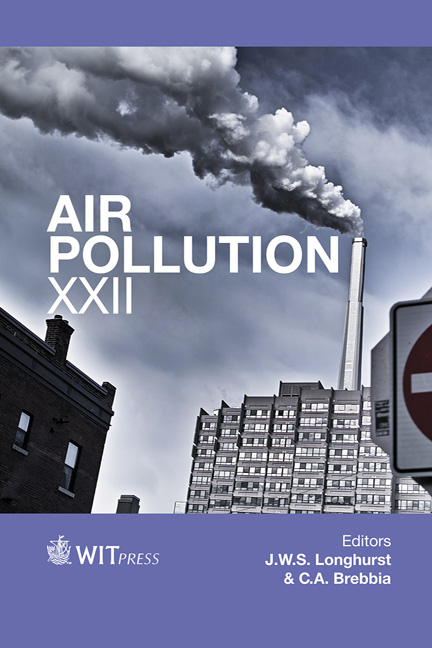Should Different Gaseous Contaminants Be Treated Differently In CFD Indoor Simulations?
Price
Free (open access)
Transaction
Volume
183
Pages
10
Page Range
353 - 362
Published
2014
Size
569 kb
Paper DOI
10.2495/AIR140291
Copyright
WIT Press
Author(s)
R. N. Zhuang, X. Li & J. Tu
Abstract
Gaseous contaminants such as volatile organic compounds (VOCs) are the major contaminants in indoor air. As there are hundreds of VOCs existing in the indoor environment simultaneously, many CFD practitioners may wonder: should different VOCs be treated differently in CFD indoor simulations? A key factor in CFD simulation to distinguish different VOCs is the kinetic diffusivity, which is negatively associated with the molar mass of a gaseous contaminant, thus could differ a lot for different VOCs. If there are significant discrepancies in transport behaviours of different VOCs, the reason could be due to large differences in their diffusivities. In order to find out the answer of the question in the title of this paper, this study designed a CFD model in which two imaginary VOCs were emitted from the same location at the same emission rate; the only difference is that the diffusivity of the lighter VOC is eight times as much as the diffusivity of the heavier VOC. Simulation results showed that, in terms of steady state, the distribution patterns of different VOCs were almost the same in a normally ventilated room. Therefore all gaseous contaminants can be treated in the same way by applying a typical diffusivity value 10-5 m2/s in CFD simulation.
Keywords
gaseous contaminant, VOC, diffusivity, CFD, indoor air.





